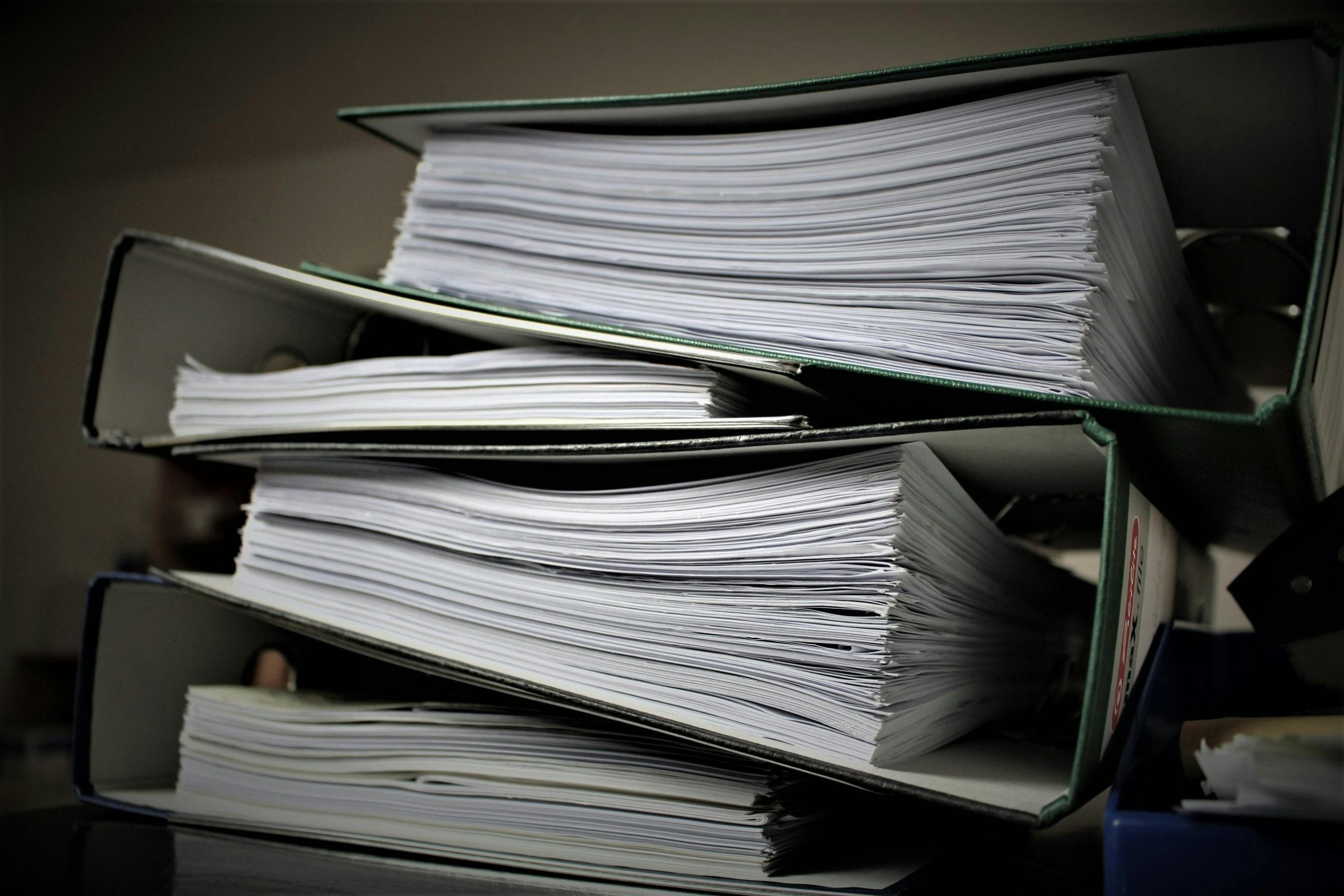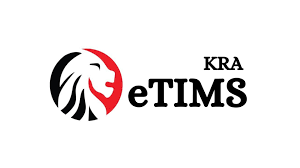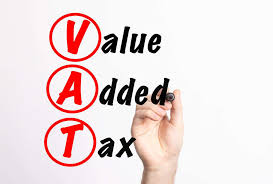In the world of business finances, there’s a term that can be a bit tricky but also holds a potential advantage for businesses like yours: Deferred Tax Liability. Now, let’s break this down without getting too tangled up in complex jargon because, we are practical humans, we’re here to make sense of these financial twists.
Understanding Depreciation: A Practical Start
Think of depreciation as acknowledging that your business assets, like equipment or machinery, wear out over time. It’s like realizing your trusty delivery van loses a bit of value each year as it tackles the road. Suppose you bought a machine for Ksh 10,000, and you expect it to last ten years. Each year, you’d deduct Ksh 1,000 (Ksh 10,000 / 10 years) as depreciation on your books, reflecting the wear and tear.
Book vs Tax Depreciation: Unveiling the Difference
As you manage your business’s financial story, you’ll notice that how you account for depreciation on your books might not match up exactly with what the tax law allow. As an example, the Kenyan Tax law defines depreciation as wear and tear and specifically prescribes the rate at which you must recognize the loss of value over time. Tax rules, have got their own language! They might say, “Hey, that delivery van of yours can lose value faster for tax purposes than what you’re jotting down in your business ledger.” This is where things get interesting. Let’s say the KRA allows you to depreciate (wear and tear allowance) your delivery van by Ksh 3,000 per year for tax purposes. While your books reflect a Ksh 2,000 depreciation, you’re getting a bit more flexibility on the tax side but is that the whole truth? can you sustain?
Let’s Break the Wall: Not as Complicated as it Sounds!
Now, imagine your books say your van’s value dropped by Ksh2,000 this year, but for taxes, they’re okay with a Ksh3,000 drop. This creates a situation where you’re paying less in taxes now, but hang on – the taxman will want that extra Ksh1,000 eventually. It is not free! The Czars will come for it. That’s what we call Deferred Tax Liability – essentially a note saying, “You might have a bit less tax to pay now, but remember, there’s a future payment lurking when you sell that delivery van.” This future payment is based on the tax rate, and let’s assume it’s 30%. So, that Ksh 1,000 difference means you’ll owe Ksh 300 in taxes when you dispose of the asset. It is a future debt.
Real-Life Example: How it Affects Your Business
Let’s dive into our machinery example. You bought it for Ksh 10,000, and your books say it’s depreciating by Ksh 2,000 each year. For tax purposes, the KRA allows a faster rate of Ksh 3,000 per year. In the first year, your books say Ksh 2,000 depreciation, but taxes allow you a Ksh 3,000 deduction. That Ksh 1,000 difference sets the stage for what we call Deferred Tax Liability. It’s like a friendly reminder that when you sell or part ways with that machinery, the KRA Czar will want his share of that difference. With a 30% tax rate, that means you’ll owe Ksh 300 in taxes when you sell the machinery.
So, What’s the Big Picture?
In simpler terms, Deferred Tax Liability is like a financial bookmark. It signals that while you catch a bit of a break on taxes now, there’s a future chapter where you’ll settle the difference. For business owners like yourself, unwinding this financial puzzle ensures a smoother journey. It’s not just about the numbers; it’s about setting the stage for future financial moves, especially when it’s time to bid farewell to those trusty assets. Understanding how tax rates play into this ensures you’re fully prepared for the financial implications down the road.
What else can Cause a Deferred Tax Liability?
Deferred tax liability can arise in various financial scenarios, including lease accounting, expenses accruals, and investment valuation. In lease accounting, differences in the timing of recognizing lease-related expenses for tax purposes and financial reporting can lead to a deferred tax liability. Similarly, when a company accrues expenses that will be deductible for tax purposes in a future period but are recognized immediately in financial statements, it creates a temporary difference and a corresponding deferred tax liability. Additionally, variations in the valuation of investments between tax and financial reporting can contribute to deferred tax liabilities. Whether due to the amortization of lease assets, the recognition of future deductible expenses, or disparities in investment valuation, understanding and managing deferred tax liabilities are crucial for accurate financial reporting and effective tax planning.
Navigating with Confidence
Understanding Deferred Tax Liability might seem like peeking into a financial crystal ball, but for SMEs, it’s about steering your ship wisely. As you guide your business, keeping an eye on these financial markers ensures you’re prepared for the tax tides ahead. As always don’t be a captain without a compass, find direction from professionals, you can reach out to us. Here’s to smoother financial seas for your business journey! Adios.














